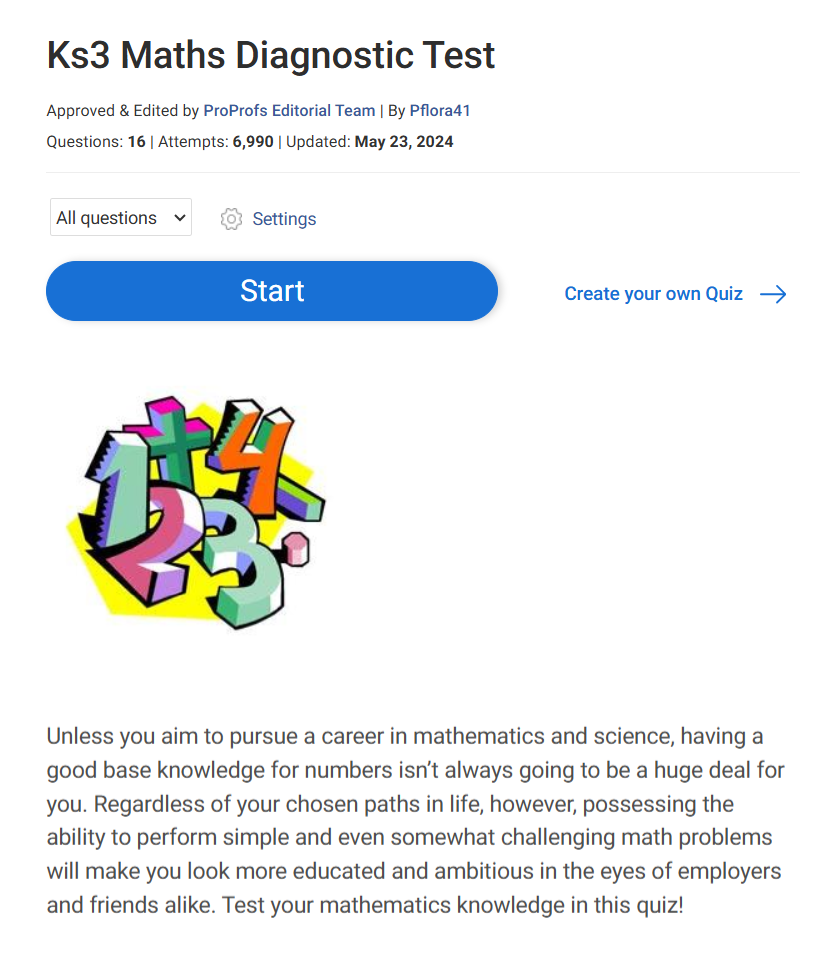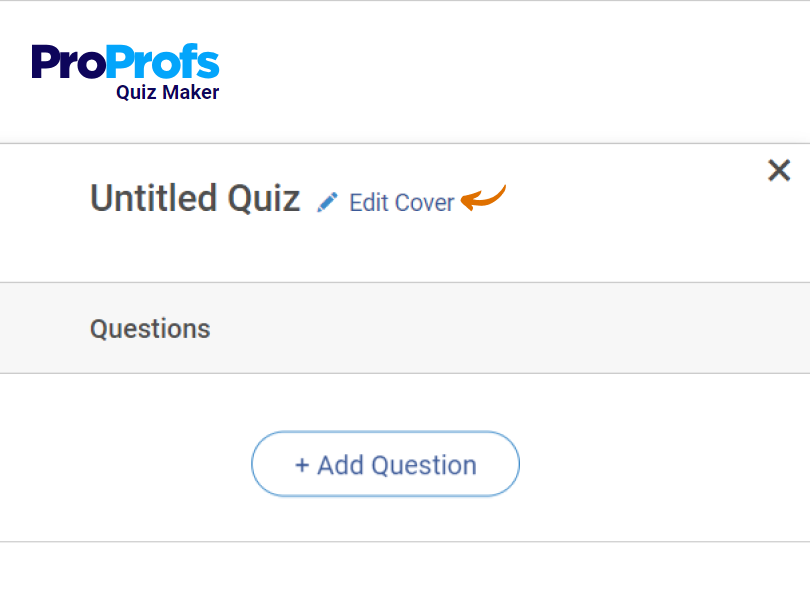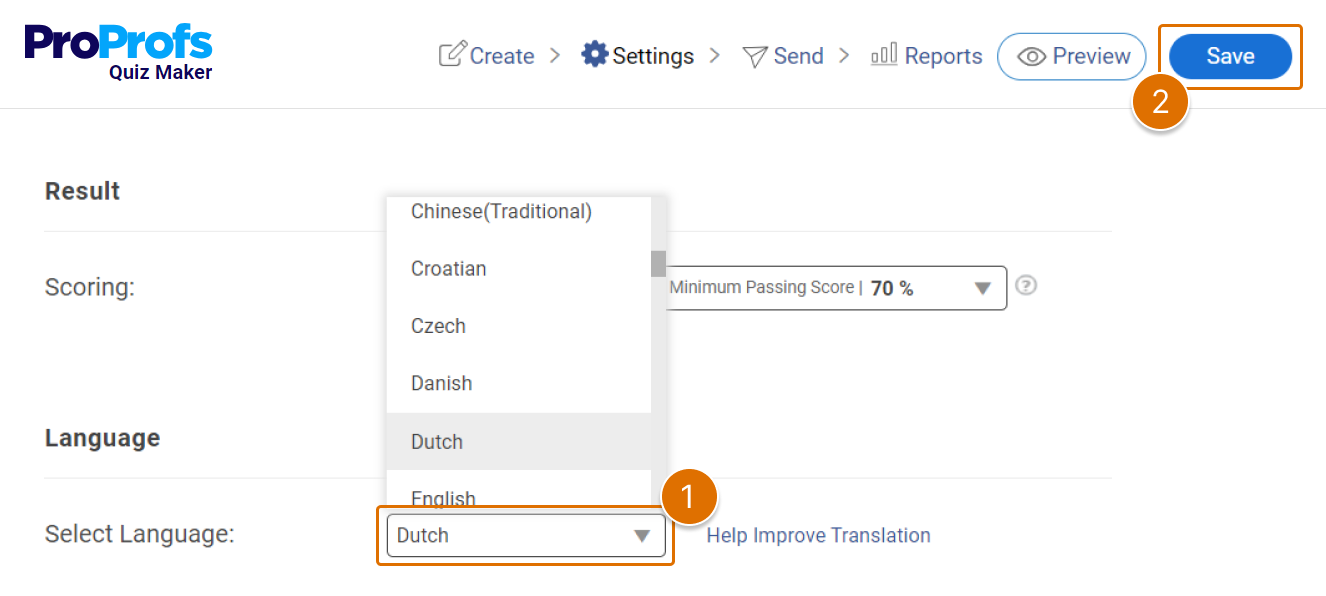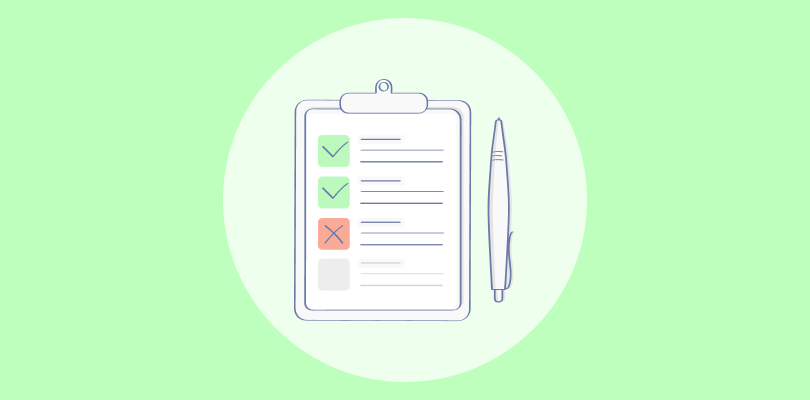Why do some students grasp new ideas quickly while others face challenges? It’s not always about their ability or the material being taught. Often, it’s about understanding where each student is starting from.
That’s where diagnostic assessments come in. Think of them as a learning GPS. They show teachers exactly where students are so they can guide them on the best path forward.
In this blog post, we’ll explore everything you need to know about diagnostic assessments. From what they are to why they matter, we’ll show how they can transform teaching and learning.
Let’s begin!
What Is Diagnostic Assessment?

Diagnostic assessment serves as a crucial tool in education, utilized before embarking on new lessons or units. It captures a clear picture of students’ existing knowledge and areas of uncertainty regarding a subject.
This process goes beyond mere grading to deeply understanding students’ initial knowledge levels. With this valuable insight, educators are empowered to tailor their teaching strategies to specifically address the unique needs and knowledge gaps of their students, thereby significantly enhancing the effectiveness of learning from the very beginning.
Such assessments often take the form of pre-tests, skills checklists, and introductory surveys, each aimed at crafting a customized learning journey for every student.
What Is the Purpose of Educational Diagnostic Assessment?
The main goal of educational diagnostic assessment is to guide educators in creating a personalized learning experience. By identifying students’ knowledge base and uncovering any learning gaps at the outset, teachers can tailor their instruction to address these areas effectively.
This ensures that teaching strategies are not only targeted but also inclusive, catering to the diverse learning needs within a classroom.
Ultimately, diagnostic assessments aim to enhance student engagement, improve learning outcomes, and make the educational process more efficient by focusing on areas that require the most attention.
Types of Diagnostic Assessment
Diagnostic assessments come in various forms, each designed to uncover specific learning needs and strengths.
- Formal Diagnostic Assessments: These are structured tests or evaluations designed to systematically measure students’ skills, knowledge, or competencies in a specific area.
They often come in the form of standardized tests with predetermined criteria and are used to identify learning needs, strengths, and areas for improvement.
- Informal Diagnostic Assessments: Unlike formal assessments, these are less structured and can be adapted by educators to fit the context of their classroom. Informal assessments include observations, discussions, and ungraded quizzes.
Informal assessments provide immediate feedback and insights into students’ learning processes, misconceptions, and individual learning needs.
- Peer Assessment: In peer assessments, students evaluate each other’s work or performance. This type can help students develop critical thinking and self-reflection skills, and it offers insights into how students understand and apply concepts in relation to their peers.
- Self-Assessment: This type involves students assessing their own understanding and skills. Through self-reflection activities such as surveys, journals, and checklists, students identify their own learning preferences, strengths, and areas that require more attention.
Essential Diagnostic Assessment Tools for Educators
You can pinpoint exactly where each of your student stands by using a diverse set of diagnostic tools. These tools offer a clear roadmap for personalized learning.
- Pre-Tests: These are administered before introducing new content to gauge the students’ prior knowledge and readiness. They enable educators to tailor their lessons to address the learning needs of their class effectively.
- Skills Checklists: Teachers use these to systematically assess and document each student’s proficiency in specific skills. This method helps in identifying areas where individual students or the class may need additional support or advanced challenges.
- Concept Maps: By creating visual representations of how concepts are related, students demonstrate their understanding and identify misconceptions. Educators can use these maps to adjust instruction and clarify misunderstandings.
- Introductory Surveys: These questionnaires gather insights into students’ interests and previous exposure to the topic, allowing teachers to make the curriculum more relevant and engaging. They can also highlight collective areas of interest or concern.
- KWL Charts: Students list what they Know, what they Want to find out, and what they Learned about a topic, promoting active engagement. This tool guides educators in focusing their teaching on filling knowledge gaps and expanding on students’ interests.
- Self-Assessment Forms: Students evaluate their own learning, identifying areas of strength and those needing improvement. This encourages self-reflection and responsibility for their learning journey.
- Peer Reviews: Students assess their peers’ work, providing feedback that can offer new perspectives and insights. This process encourages critical thinking and helps students learn from each other.
- Diagnostic Quizzes: Short quizzes assess students’ grasp of specific concepts, providing a quick check on understanding. Results from these quizzes inform teachers about topics that may require more detailed instruction or review.
Watch: How to Create an Online Quiz in Under 5 Mins
FREE. All Features. FOREVER!
Try our Forever FREE account with all premium features!
Examples of Diagnostic Assessments
Here are examples of how the diagnostic assessment tools discussed above can be effectively applied across various disciplines.
- Mathematics
A teacher preparing for a lesson on fractions may begin with a pre-test containing questions about basic division and multiplication. Students’ responses reveal their readiness for more advanced operations. A skills checklist could further document their abilities, such as recognizing equivalent fractions or simplifying them.
- English
Before studying a new literary work, students might complete an introductory survey about their familiarity with similar genres or authors. Additionally, they could use a KWL chart to outline what they know about the author’s time period, what they want to explore, and what they hope to learn.
- Science
To assess students’ understanding of ecosystems, a teacher could ask them to create a concept map showing the relationships between producers, consumers, and decomposers. This visual tool helps identify misconceptions and ensures the lesson builds on accurate knowledge.
- History
Students could complete a diagnostic quiz asking them to match major events to corresponding historical periods, such as the Industrial Revolution or the Renaissance. Alternatively, a teacher might ask students to draft a quick timeline of events they believe led to World War II, highlighting gaps in their chronological understanding.
Importance & Benefits of Diagnostic Assessments in Education
Diagnostic assessments are critical for building a strong foundation in education. Without them, teaching often becomes a guessing game, with lessons misaligned to students’ needs. This can result in some students struggling to keep up while others remain unchallenged.
At the same time, hidden knowledge gaps can grow into larger obstacles, making future learning harder. Diagnostic assessments provide clarity, ensuring that instruction begins at the right level, tailored to each learner’s unique starting point.
Apart from their role in identifying starting points and addressing learning gaps, diagnostic assessments offer other benefits that further enhance teaching and learning:
- Supports Ongoing Adjustments: Diagnostic assessments can serve as checkpoints throughout the learning journey, helping teachers refine their strategies as they see how students respond to instruction.
- Encourages Metacognition: When students engage in self-assessment tools or reflect on diagnostic results, they develop greater awareness of their learning processes and take ownership of their progress.
- Promotes Collaboration: Peer diagnostic tools, such as group concept maps or shared surveys, encourage students to work together, share insights, and learn from each other.
- Facilitates Curriculum Development: Insights from diagnostic assessments can inform broader curriculum planning, helping schools and educators identify patterns in learning gaps or strengths across cohorts.
- Drives Data-Informed Decisions: The detailed information gathered from diagnostic tools enables schools to make informed decisions about resource allocation, targeted interventions, and professional development for teachers.
Difference Between Diagnostic and Formative Assessments
Both diagnostic and formative assessments are essential tools in education, but they serve different purposes and are used at different stages of the learning process. While diagnostic assessments help educators understand where students stand before instruction begins, formative assessments focus on monitoring and improving learning as it happens.
Here’s a breakdown of the key differences:
| Aspect | Diagnostic Assessment | Formative Assessment |
| Purpose | To identify students’ starting points and gaps before instruction begins. | To monitor progress and provide feedback during instruction. |
| Timing | Conducted before teaching a new lesson or unit. | Conducted continuously throughout the learning process. |
| Focus | Evaluates prior knowledge, skills, and misconceptions. | Focuses on current understanding and progress toward learning goals. |
| Outcome | Guides initial teaching strategies and lesson planning. | Adjusts ongoing instruction and identifies areas needing immediate attention. |
| Examples | Pre-tests, skills checklists, surveys, and concept maps. | Quizzes, exit tickets, peer reviews, and classroom discussions. |
| Nature | Typically comprehensive and covers broader learning objectives. | Narrow and specific to the ongoing lesson or activity. |
In summary, diagnostic assessments act as the foundation for effective teaching, providing a roadmap for initial lesson planning. Formative assessments, on the other hand, serve as checkpoints along the way, ensuring that instruction remains aligned with students’ progress.
Together, they create a cohesive approach to addressing learning needs and improving outcomes.
How to Create a Quiz for Diagnostic Assessment
Here’s how to create a quiz for diagnostic assessment in five quick and easy steps using a quiz maker for teachers. I’ve used ProProfs Quiz Maker as an example to illustrate the process.
Step 1: Click “Create a Quiz” on your dashboard.

Step 2: Pick a ready-to-use quiz, make a quiz with ProProfs AI, or build it from scratc
Step 3: Add/edit the quiz title, description & cover image.

Step 4: Add/edit questions.

Utilize a mix of question types to probe different areas of knowledge and skills, ensuring you cover a broad spectrum of the subject matter.
ProProfs offers various question types, such as multiple-choice, fill-in-the-blanks, drag & drop, hotspot, audio/video response, and more, allowing for a comprehensive evaluation of students’ understanding.
Watch: 15+ Question Types for Online Learning & Assessment
You can add new questions by:
- importing them from the quiz library with over a million ready-to-use questions
- generating them using ProProfs AI.
- creating them scratch
You can add images, videos, audio clips, and docs to your quiz.
You can also provide answer explanations every time a quiz taker answers a question. Such instant feedback not only aids in learning but also helps students self-identify areas they need to work on.
Step 5: Configure settings.
You can configure various security and anti-cheating settings, such as:
- Making your quiz private and password-protected
- Randomizing the order of questions and/or answer options
- Creating a question bank and using it to present a randomly selected set of questions to each quiz taker
- Enabling automated proctoring
- Disabling tab switching, printing, copying, downloading, and repeat attempts
Watch: How to Customize & Configure Your Quiz Settings
You can also customize the quiz theme by changing the background, colors, fonts, button text, and more. There’s also an option to change the interface language to the quiz taker’s native tongue.

That’s it. Your diagnostic assessment quiz is ready.
Analyzing the Results
Upon completion, ProProfs Quiz Maker offers detailed analytics that give you a clear picture of class-wide and individual student performance. This data is invaluable for adjusting your teaching strategy to meet the students where they are.
Use the diagnostic data to fine-tune lesson plans, ensuring that you address common misconceptions and reinforce areas where students are struggling.
FREE. All Features. FOREVER!
Try our Forever FREE account with all premium features!
Maximize Learning Impact With Diagnostic Assessments
Diagnostic assessments are more than just pre-tests; they are a key to unlocking personalized learning. By understanding each student’s unique starting point, educators can tailor instruction and foster a more engaging and effective learning experience. This approach shifts the focus from simply covering the curriculum to truly understanding and meeting individual learning needs.
An online test maker like ProProfs Quiz Maker offer a practical and efficient way to implement diagnostic assessments, providing valuable insights to guide your teaching strategies. And, with ProProfs’ forever free plan for short quizzes, you can access essential features like AI-powered quiz creation, 20+ question types, and advanced reporting – all without any cost.
Frequently Asked Questions
Disadvantages of diagnostic assessment include the potential for increased anxiety among students, the time required for administration and analysis, and possibly not reflecting all students’ abilities accurately due to its typically one-time nature.
What is the difference between a formative and diagnostic assessment?
A diagnostic assessment is conducted before instruction begins to identify students’ starting points, prior knowledge, and learning gaps. It helps you understand what students already know and what misconceptions they may have. In contrast, a formative assessment takes place continuously during the learning process to monitor progress, provide feedback, and improve learning outcomes.
Which are the best diagnostic assessment tools?
From my experience, ProProfs Quiz Maker is the best tool for diagnostic assessments because of its AI-powered test creation, automated scoring, and real-time analytics. ProProfs offers a vast question library, security settings, and detailed reports, making it a reliable choice for evaluating prior knowledge and identifying learning gaps effectively.
How many types of diagnostic assessments are there?
There are four main types of diagnostic assessments:
- Formal Diagnostic Assessments – Structured tests, like standardized exams, used to measure skills and identify learning gaps.
- Informal Diagnostic Assessments – Flexible methods like observations, discussions, and ungraded quizzes for immediate feedback.
- Peer Assessment – Students evaluate each other’s work to develop critical thinking and gain different perspectives.
Self-Assessment – Students reflect on their own learning using journals, surveys, or checklists to identify strengths and weaknesses.
 Tips
Tips
We’d love to hear your tips & suggestions on this article!

 We'd love your feedback!
We'd love your feedback! Thanks for your feedback!
Thanks for your feedback!







